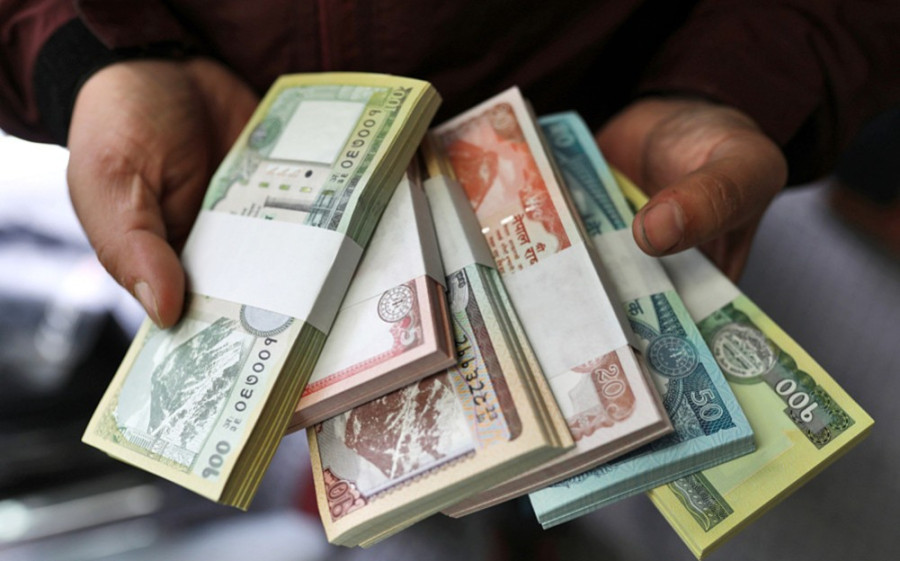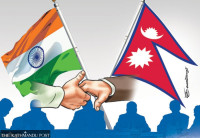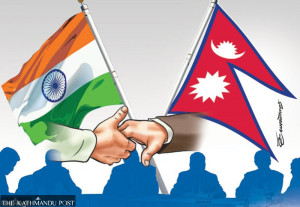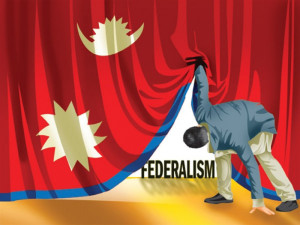Columns
Missing symbol for Rupee
Just as flags and anthems signify sovereignty, a currency symbol flaunts a nation’s economic sovereignty.
Suraj Sejuwal
The genesis of graphical symbols engraved on coins and printed on paper notes dates back centuries and so does the debate surrounding them. The signs, symbols and pictures found on currencies are more than just graphical identification. These illustrations often spark debate as they represent the nation’s identity. Besides, these symbols, marks and pictures have nothing to do with the value of money, but rather give the money a distinct identity.
To understand the importance of furnishing money with a distinctive identity, we should consider the Indian case involving the symbol of the Indian rupee. The Government of India adopted the rupee symbol, characterised as "₹" on July 15, 2010. The symbol was selected through an open competition held by the Ministry of Finance in which people from different backgrounds and professions across the nation were invited to participate and submit their designs. The effort exemplifies how a simple symbol could reinforce a nation's economic identity in an international sphere. The quest to adopt a symbol for the national currency of India marks an epoch in the financial system of India. It was a step set forth towards building a visible national identity in the world economy.
This particular event intrigued me, especially when I noticed the absence of a similar identity for the official currency of Nepal. I would ask myself every year: Is ‘रु’ the official symbol for Nepali Rupee, or just a terminological abbreviation of the word Rupiya?
To obtain the solution to this question, I recently filed an application with Nepal Rastra Bank (NRB), the country's highest monetary authority, seeking an official clarification on the issue. After receiving the official response from the central bank, I was astonished to know that my long-standing assumption of Nepal not having a legal as well as technical mechanism guiding a standardised symbol for the Nepali Rupee was correct. Besides, after my inquiry, the NRB made clear that: According to the Nepal Gazette published on 2020/02/28 BS and Section 51(1) of the Nepal Rastra Bank Act 2058 BS, 'Nepali Rupee' is the denomination name of the currency issued by the Nepal Rastra Bank. But the frequently used character ‘रु’ is not a symbol, but an abbreviation employed for the designation of Nepalese currency.
This means the alphabet originated from the Devanagari Script ‘रु’. Often used in financial, legal and other government documents, it is not a symbol in the technical, legal or design sense, but merely a short form of the word Rupiya, which had been replaced by the short form used as ‘ने.रु.’ used before 2020 BS.
There is no mention in the letter of any decision by the government, NRB or any other statutory body to standardise or make ‘रु’ an official sign, nor is any guidance given on how it should be represented digitally or graphically.
While the character ‘रु’ might be easy to employ in Nepal, it lacks the legal and technical status of a currency sign. This includes official approval and registration by the Unicode Consortium's registry for use in computer systems and online platforms. Without this recognition, the Nepali Rupee is often confused with the Indian Rupee in international use, especially on websites, digital wallets, exchange platforms, online shops and even academic journals.
In order to realise the significance of this missing symbol, it is essential to examine the evolution of Nepali currency. Before 1932, Nepal's economy relied on a complex system in which Indian currency circulated widely alongside local coins. The Kingdom of Nepal also had a currency system based on the gold and silver mohar, which was in use from the second half of the 17th century. However, due to trade activities and the socio-economic proximity of the regions, Indian rupees were widely accepted and used in the country, resulting in a dual monetary system in Nepal.
The dominance of the Indian Rupee highlighted Nepal's need for an independent financial identity. Thus, Nepal adopted the Nepali rupee in 1932, replacing the silver mohar at an exchange rate of two mohar against one rupee, thereby streamlining and harmonising the country’s monetary system with international standards.
The introduction of Nepal's own currency was a landmark for the country’s economic autonomy, but it was not adequate to achieve complete monetary independence. But it was adequate for gaining complete monetary autonomy. Since the reign of King Mahendra, who took power in 1955, paper notes have been printed by Nepal Rastra Bank. This marked the beginning of Nepal's systematic monetary management and the end of dependence on Indian Currency.
Despite the issuance of Nepal’s own paper notes, the internationally accepted currency symbol, the Indian Rupee "₹," creates ambiguities and is often confused with the Nepali Rupee. As Nepal engages in more cross-border payments and digital trade platforms, this global financial clarity becomes even more important.
Just as flags, anthems, and symbols signify sovereignty, a currency symbol flaunts a nation's independent economic sovereignty. With Nepal's history of using Indian currency before 1932, ownership of a distinctive symbol would once again assert Nepal's monetary independence, which had begun with the introduction of the Nepali rupee. A symbolic representation verifies the economic independence of a nation and makes its own financial identity on the international platform perceptible.
Adopting an official symbol for the Nepali Rupee would be both a symbolic and practical step towards enhancing Nepal's role in the global financial community, as it aims to turn into a digitally powered economy.
Thus, there is an urgent need for the Nepali Rupee to have an official symbol. The arguments presented in this article are to make Nepal ready for the new-age digital economy. A well-designed, officially recognised symbol would both signify the Nepali currency visually and serve to confirm our presence in both conventional and contemporary economic environments. Its form would be an emblem of nationality, merging our rich history as a nation never ruled by outsiders with the necessities and aspirations of a rapidly transforming digital Nepal.




 7.12°C Kathmandu
7.12°C Kathmandu













%20(1).jpg&w=300&height=200)

